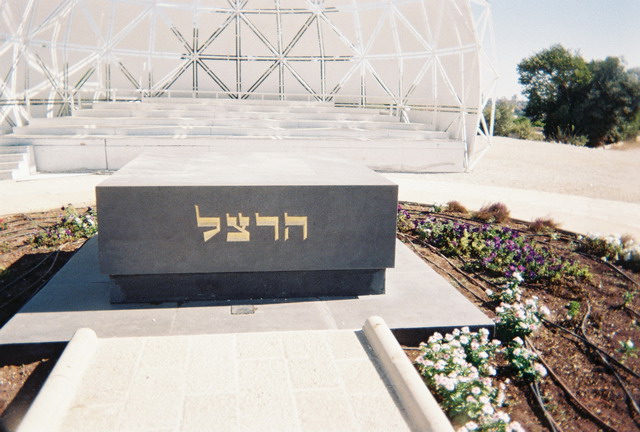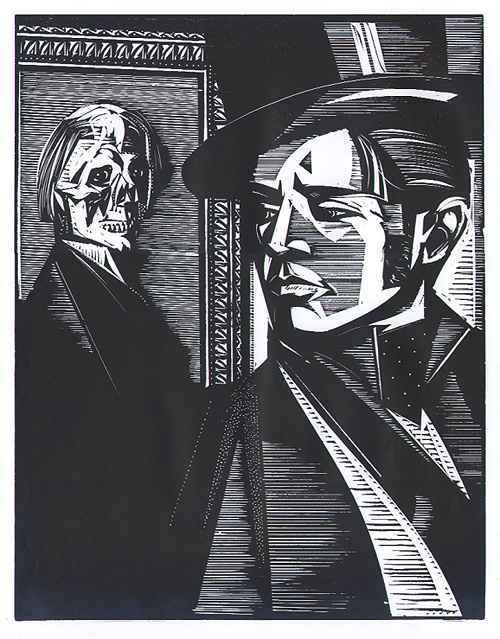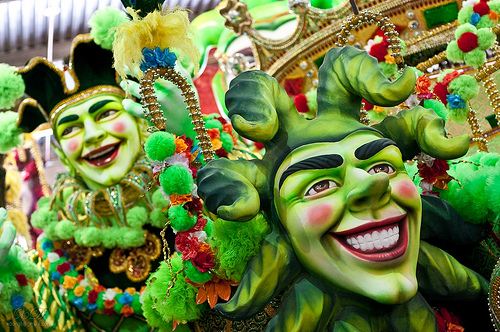
One.
The Mountain of Memory
Jerusalem has not one,
but two holy mountains: The Temple Mount in the east, and Har Herzl in the
west. Har Herzl, or Har haZikaron, “the Mountain of Memory” has a very
deliberate architecture:
On its highest point
rests Herzl’s grave. It is surrounded by the graves of Israel’s presidents,
prime ministers and leaders. On the slopes of the mountain is the national
graveyard for fallen soldiers. Follow the path down the mountain to the west,
and you’ve arrived at Yad VaShem, Israel’s Holocaust museum. Take the winding
road down from the Yad VaShem museum, and you are at the bottom of the mountain
in the “Valley of the Communities,” representing the exilic communities of the
Diaspora that were destroyed in the Holocaust.
Topography is used to
tell a story, embedding an ideology in the mountainside. When you hike this
mountain, you are climbing the contours of an argument: from the depths of
exilic reality, doomed to destruction, through the flames of anti-Semitic
hatred, up past the sons and daughters of the nation who gave the ultimate
sacrifice, and onwards to the top, where a visionary’s dream is enshrined in
black marble: an autonomous Jewish state.
Two.
Israel’s Holy Week
 |
| Herzl's grave at the top of Mt. Herzl |
There are moments when
the Jewish calendar opens the faceless ticking of time to reveal a beating
heart at its center. Secular life barely uses time in such a way – this
approach is normally left to the religious and their holy times. But in Israel,
the secular state created a “civil religion” with its own High Holy Days.
Israel’s “Yamim Noraim” fall this week, the seven days betweenYom HaShoah,
the Holocaust Memorial Day commemorated last Thursday, and Yom
haZikaron and Yom HaAtzmaut, Israel’s eerie pair of
Memorial for Fallen soldiers, which at nightfall becomes the Day of
Independence, to be celebrated this Thursday.
While the way these days
flow into each other was a kind of fluke of history, they create a powerful
statement. There are seven days between Yom haShoah and Yom haAtzmaut, as if
the entire country sits shiva, mourning the loss of the Holocaust,
and then arises to be comforted by the existence of the State of Israel. Add
Passover to the mix two weeks before, and you have a full ideology, as Prof.
Don Handelman has shown,
one that is often evoked in the speeches given by Israel’s President and Prime
Minister on these days. As Israel’s Prime Minister, Levi Eshkol, put it in
1964:
"Holocaust memorial day falls between the ancient
Festival of Freedom and the modern day of Israel’s Independence. The annals of
our people are enfolded between these two events. With our exodus from the
Egyptian bondage, we own our ancient freedom; now, with our ascent from the
depths of the Holocaust, we live once again as an independent nation." (Prime
Minister Levi Eshkol, Holocaust day Address, 1964)
Yom haZikaron begins with
a blaring siren which is sounded across Israel at exactly 8pm, piercing walls
and hearts, and a nation stands still to commemorate those who fell in its
honor. It is the most powerful time to be in Israel’s public space: stores
close, communities come together, and the radio plays the saddest Israeli
songs. The nation turns from a collection of citizens into a family that
together remembers their fallen.
Like the mountain, the
chronology makes a powerful argument: the tragedy of the Holocaust has taught
us that Jews need their own state in order to be free and to be safe. In order
to achieve that independence we must be willing to make the ultimate
sacrifice—our sons and daughters in exchange for independence. Only after that
lesson has been engrained, can we celebrate our independence.
Three.
Fissures
Of course, in reality,
this clean narrative is riddled with question marks:
Is the Holocaust really
to be owned and subsumed by the State of Israel? Zionism existed before the
Holocaust and is more than simply a response to anti-Semitism. Perhaps the
Shoah should not become a point in an ideological argument, but a historical
memory that belongs to humanity as much as to one group of victims.
Yom haZikaron claims to
turn the nation into a family, but soldiers of minorities struggle with the
Jewish face of this day, and the country is increasingly facing the fact that a
diminishing demographic is doing the work while Ultra Orthodox and Secular
elites skip out.
 |
| Yom haZikaron opening ceremony at the Kotel, 2012 |
Yom haAtzmaut is
challenged both on the left, by anti-Zionist Israelis who seek to release Israel from its ethnocentric bias, and on the
right, by religious groups, betrayed by the evacuation from Gaza, who see not
the 1948 secular declaration of independence, but the 1967 unification of
Jerusalem and greater Israel, as the high point of the narrative. This ideology
subsumes Herzl’s mountain back under the Temple Mount.
Some feel threatened by
these dissenting voices, which find issue with the argument put forward by the
Memorial Mountain. I’d rather see in this the natural and healthy debates of a
country that is trying to do many things at once. These voices should not be
pushed out, but rather seriously engaged. We need to have this debate together,
and the calendar and topography must be used to further this discourse.
Four.
50 Days
The timeline of
Passover-Yom haShoah-Yom haZikaron-Yom haAtzamut needs to be extended to
include one other holiday: Shavuot, the anniversary of the Jewish people coming
together to become part of a covenant. The secular Zionist calendar loved
Passover, renaming it the Festival of Freedom, but had no patience for the
rabbinic Shavuot, the festival of Torah and its exilic progeny, Halakha. In the
early days of the State, Shavuot was returned to its Biblical agricultural
roots as a celebration of first fruits. Now that agriculture got sidelined in
Israel all that is left for most Israelis is a consumerist celebration of dairy
products.
But to me, Shavuot
represents the day in which we get to discuss and decide what we want to do
with our previously achieved freedom and independence. Sefirat haOmer, the quirky
ritual of counting 50 days from Passover to Shavuot, represents exactly that
process: the move from Freedom to Covenant, from childhood dreams to mature
decision making.
Israeli independence, and
the celebration of its achievement, is important. But it is not sufficient. We
need to continue the process, counting up the days to the time where we discuss,
agree and sign a covenant of what we – Israel’s stakeholders: citizens and diaspora
Jews - want Israel’s existence to be about. Har Herzl is not enough, we must
find Israel’s new Mt. Sinai so that this exciting project can take flight.















